Pathological unfoldomics of uncontrolled chaos: intrinsically disordered proteins and human diseases
- PMID: 24830552
- PMCID: PMC4100540
- DOI: 10.1021/cr400713r
Pathological unfoldomics of uncontrolled chaos: intrinsically disordered proteins and human diseases
Figures


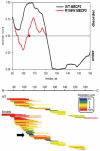

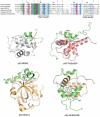


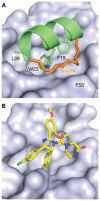

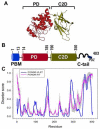


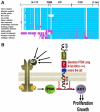
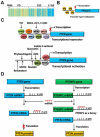
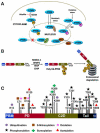
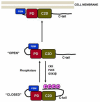



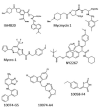

References
-
- Wright PE, Dyson HJ. J. Mol. Biol. 1999;293:321. - PubMed
-
- Uversky VN, Gillespie JR, Fink AL. Proteins: Struct., Funct., Genet. 2000;41:415. - PubMed
-
- Dunker AK, Lawson JD, Brown CJ, Williams RM, Romero P, Oh JS, Oldfield CJ, Campen AM, Ratliff CM, Hipps KW, Ausio J, Nissen MS, Reeves R, Kang C, Kissinger CR, Bailey RW, Griswold MD, Chiu W, Garner EC, Obradovic Z. J. Mol. Graphics Modell. 2001;19:26. - PubMed
-
- Tompa P. Trends Biochem. Sci. 2002;27:527. - PubMed
Publication types
MeSH terms
Substances
Grants and funding
LinkOut - more resources
Full Text Sources
Other Literature Sources

